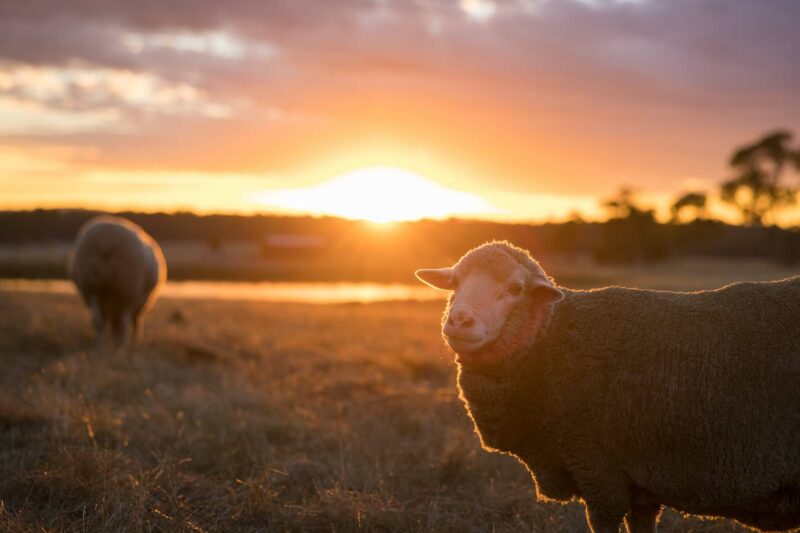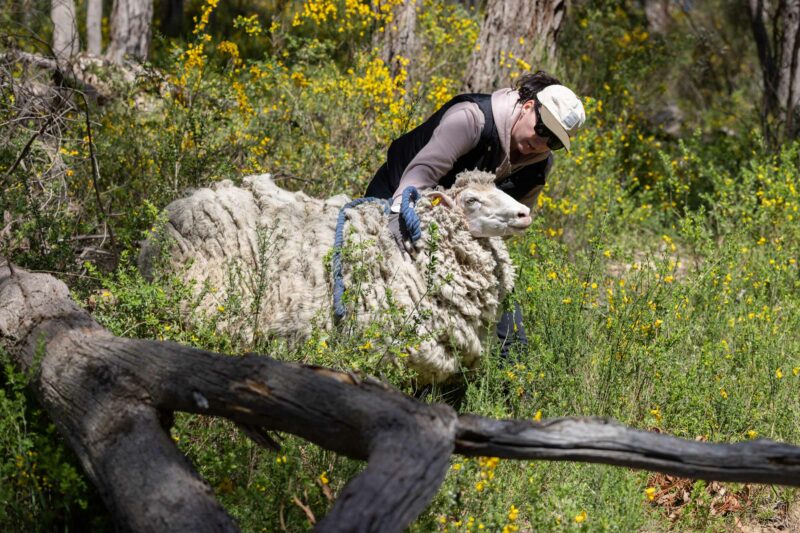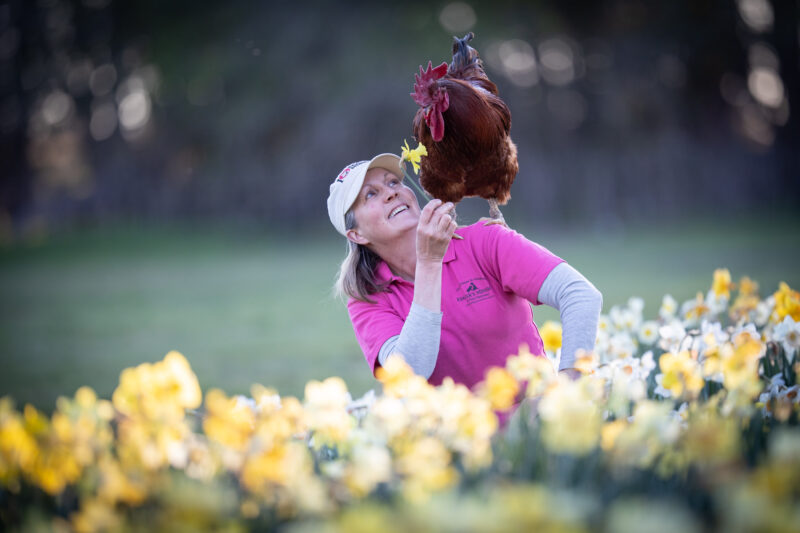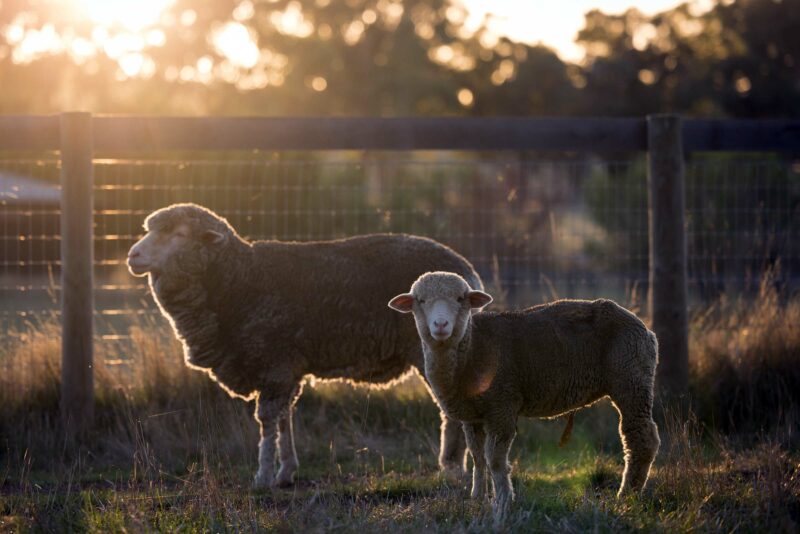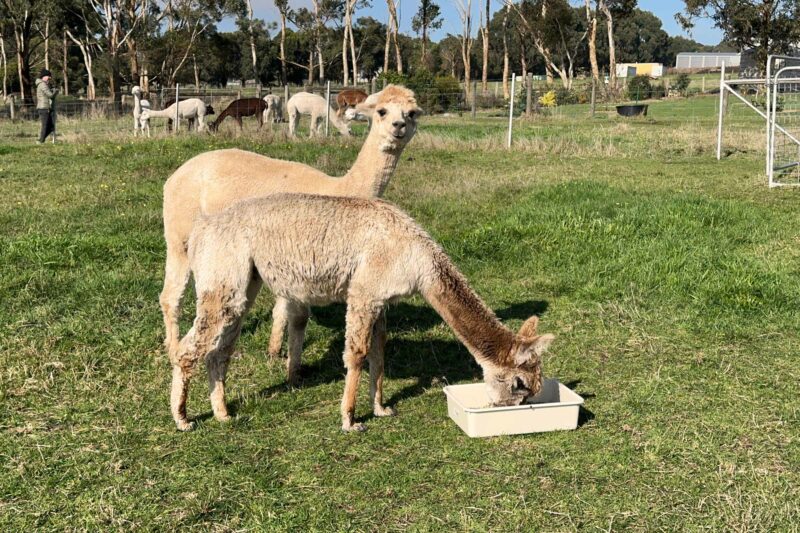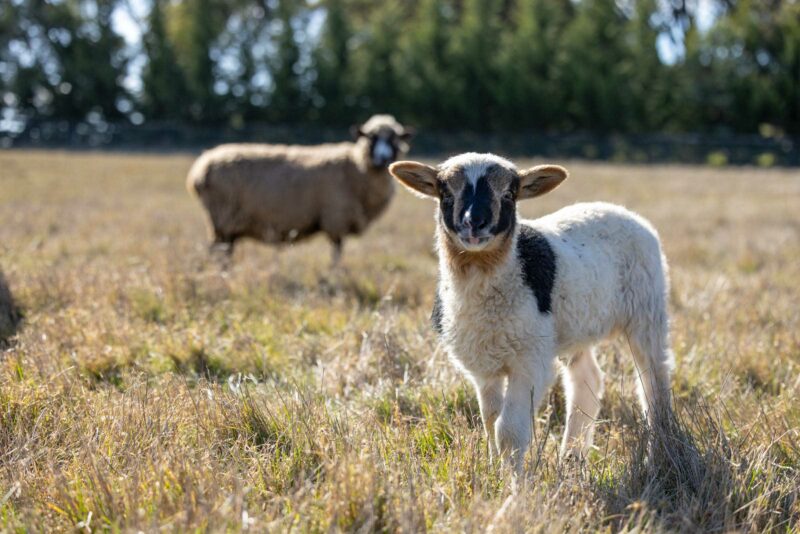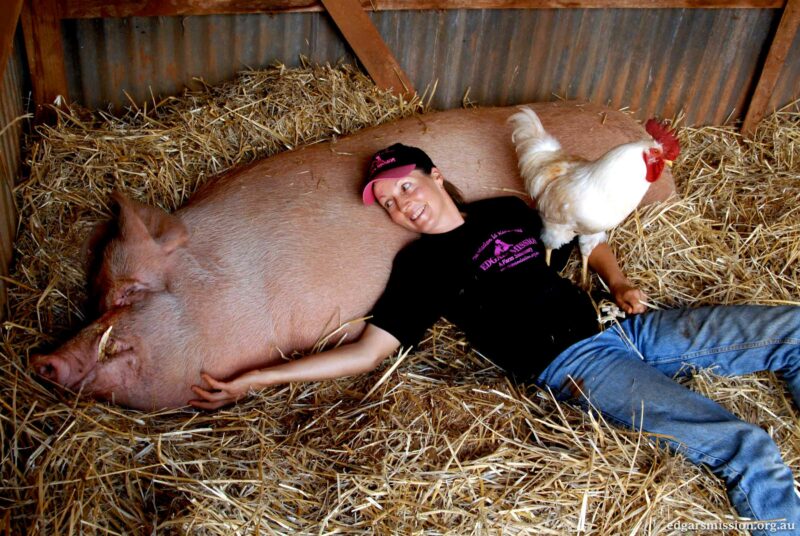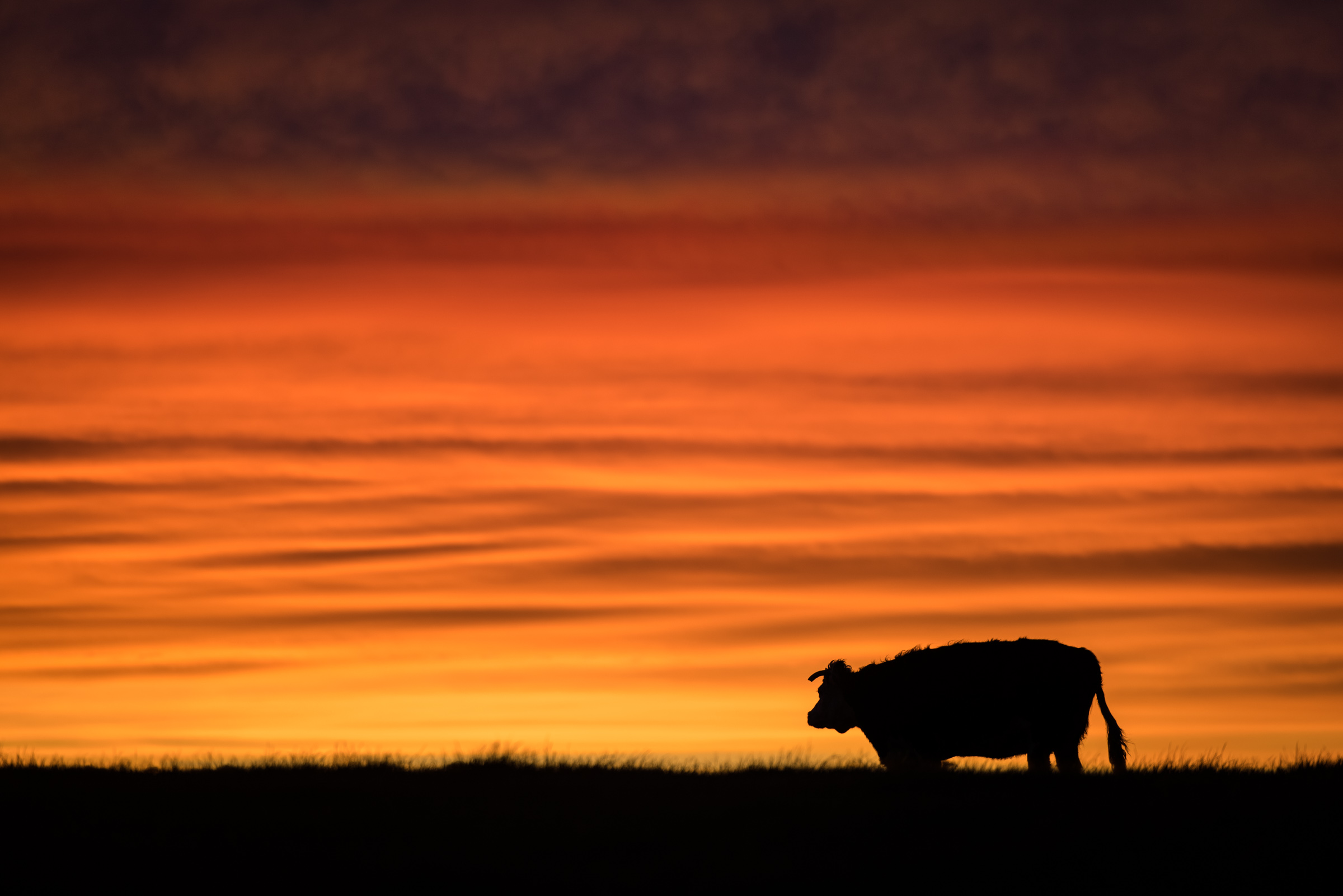
Vivid are my memories of jumping in the family car and going for long drives in the countryside. Eagerly viewing the world from its vinyl back seat and my naïve childhood lens. Spying paddock after paddock as I did. Scanning them for animals of course. Feeling sad for their dusty barren homes, whilst excited by the ones whose fencelines were rimmed by meticulously trimmed shady trees. Oh, how happy that made me feel knowing the animals had such a cool place to live.
The shady trees, whose understory, I determined, had been cut horizontally with laser beam precision, to allow the sheep who populated those fields just enough headroom to park underneath. Such arboring skills I saw even extended to lone trees standing all by themselves in the middle of vast pastures.
Marvel I did, at the care and lengths the farmers had gone to, in their ever-busy days, in order to provide shelter for their “charges”. Such a romantic notion was to sit with me, parked in a back recess of my mind, well into my teenage years. Only to be revisited in a discussion with someone far more world weary than myself.
And here it was shattered.
I learned that the meticulously precise line, where there was never a branch or leaf out of place, did not lie with the diligent or caring efforts of farmers. No, it lay firmly at the feet, or moreover the nibbling muzzles, of gentle sheep and curious cows whose taste buds and tums could not resist the succulent offerings of the trees.
I acknowledged, reluctantly, that this explanation was far more plausible than mine. How, I then wondered, could I have missed the hints, that NEVER, not ever, in all those years did I see a farmer, or even a brush cutter, in cooee of those trees?
But I did see many a sheep and cows.
There too is more to this story than simply the one I told to myself, and it finds its tender roots back in Paris in the year of 1666. Here a little-known physicist and Catholic priest named Edme Mariotte discovered that a human blind spot exists directly in the field of vision in front of our eyes. This void is the result of an area at the back of the retina in each eye that lacks light sensitive cells and is thus unable to transmit a picture to the brain. However, more often than not, the other eye will pick up the slack, and make the image complete.
But not all the time.
Should the blind spots overlap, the brain jumps in and does what we humans do best – fills in the blanks with what it thinks should be there, given the information it has.
A greater study of human nature reveals that this applies equally to not only what we see, but what we believe as well. And it is so symptomatic of the human condition – we like to make sense of world. And too, meticulously trimmed trees. Because we are, after all, creatures of curiosity, and always looking for answers.
So, when we cannot find the answers, we, often notoriously, fill in the blanks as best we can with stories that make “sense” to us. Landing us at that comfortable state of homeostasis that enables us to go on with our lives.
But, as my childhood “industrious tree pruning farmer” scenario shows, those stories are not always true. Despite us telling ourselves they are. And alas too they are not always as benign a story as mine was back then.
And whilst stories and blind spots have marked human history and culture, evolution of thought has too. With humanity sitting as she now does, at the crossroad of the sixth mass extinction, there comes an urgent need to address an ethical blind spot whose narrative threatens us all.
Our inconsistent and unjust treatment of animals.
But how did this happen?
By labelling some animals friends, some animals food, some animals pests, some animals entertainment, some animals native, and even some animals not as animals but as fish or aquatic creatures (sadly this is a debate that still rages, even in the 21st century, that sea animals are not even considered animals, despite the scientific jury being well in).
And in doing so we have created a most dangerous ethical blind spot that has wreaked, and continues to wreak, untold pain, suffering and loss of life on sentient animals simply on the arbitrary basis of the way they look.
In doing so, this has circumvented our ethical thought, so much so that what are now considered “normal, moral, legal, and acceptable” behaviours towards animals, in the cold hard light of day and compassion, could never, ever stand up.
Whilst we have named that physiological blind spot in our vision as “scotoma”, Dr Melanie Joy has named our ethical blind spot as “carnism”.
So perhaps instead of filling the gaps in this blind spot with what makes us feel comfortable, we should fill this space with kindness – and that way no one will get hurt.
A far better narrative to tell, wouldn’t you agree?
